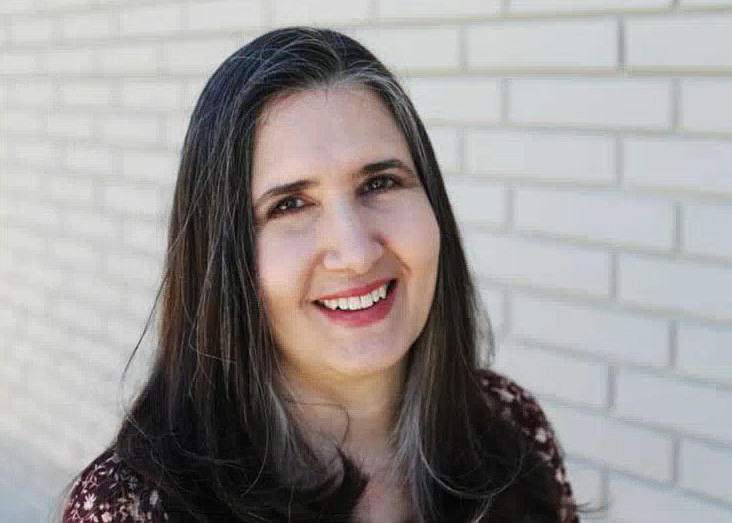Will solar flares affect us?
As I write this, a soft rain is falling in New England. Birds herald the morning from the protection of their maple trees. A lush, green view elicits probing thoughts.
Of forest bathing and kayaking on a serene lake. Of contrasting hurricanes and snowstorms. Lest we’re tempted to forget, Mother Nature loves to remind us she’s still in charge. Beautiful and mighty, soothing and powerful, the natural world can both save us and bring us to our knees.
In a way, that’s comforting. With disturbing political and cultural conflicts as we struggle to govern ourselves, a reminder that humans aren’t in total control feels like a good thing.
Case in point: Solar flares.
If you follow our weatherman, Randy Mann, you may have caught his March 6 column about sunspot activity. As Randy explained, we are reaching the highest points of the sun’s regular cycle of activity, including solar flares, which may or may not have the potential to disrupt our lives.
To understand what he’s talking about, it helps to define solar cycles, sunspots and solar flares.
NASA.gov describes the sun as a giant ball of electrically charged hot gas. As the sun moves, that charge creates a powerful magnetic field. Imagine that field as having a moving top and bottom, or north and south poles. Over a period of 11 years or so, the poles switch places.
This dynamic solar cycle creates sunspots — areas where the magnetic field can be 2,500 times stronger than any on Earth, and stronger than other areas of the sun. These twisting “spots” look darker, because they’re cooler than other areas and emit less light.
As Randy mentioned, the beginning of the solar cycle is called the solar minimum. The middle, or solar maximum, is when the most solar flares happen. A solar flare (as described by the European Space Agency) is a tremendous explosion from the sudden release of stored energy in these twisted magnetic fields.
In short, more sunspot activity is an indicator of more solar flares. And more solar flares may mean potential disruption in human daily living. The worst, obviously unusual example was in 1859 when solar storms caused about half the telegraphs (the major line of communication) in the U.S. to stop working during a solar maximum. Today, a similar event could affect radio and satellite functions, which affect so much of the technology we depend on. GPS, business and medical equipment, internet communications, cellphones, entertainment, to name a few.
And freelance earners like me couldn’t write about solar flares for an Idaho paper while vacationing in New England. Technology is amazing.
Why think about this now? You’re reading it because a librarian joked that maybe her internet problems last week were from sunspot activity. What sunspots? (No question unanswered; the journalist’s motto).
More to the point, Solar Cycle 25 started in December 2019. The midway point, or “solar max,” would normally be anticipated late next year, but astrophysicists have noticed unusually high sunspot activity this year, and some are saying the solar max is coming early, possibly as soon as the end of 2023.
One rather nice effect of solar storms is the aurora borealis. A solar storm forecast for this Thursday, July 13, is expected to give an uncharacteristic summer view of the northern lights to stargazers in New England, the Dakotas and the Northwest, including Idaho.
A leading group of solar physicists who chart solar activity to predict future cycles say higher-than-normal sunspot activity this year indicates the solar maximum for Cycle 25 will be late 2023 or early 2024, a full year early.
No one can predict how strong these geometric storms (including flares) might be, but the increased activity now has some scientific observers wondering if it might be wise to be prepared for a possible disruption. Possibilities range from nothing to interruptions of a few hours, days or weeks. They could be very limited and isolated, or more widespread across the world (the last of course being the least likely).
Mother Nature doesn’t tell us her plans with certainty. Mostly she is gentle, no matter how poorly we treat her or how often we neglect her. From time to time, she humbles us. Lately, her voice is getting louder.
With luck, nothing will happen, or what does will be so slight we won’t recognize its cause, aside from the odd joke like our librarian’s. Either way, it’s a fascinating reminder that in life, control is never fully ours. In a way, that can be liberating.
• • •
Sholeh Patrick is a columnist for the Hagadone News Network. Email sholeh@cdapress.com.

